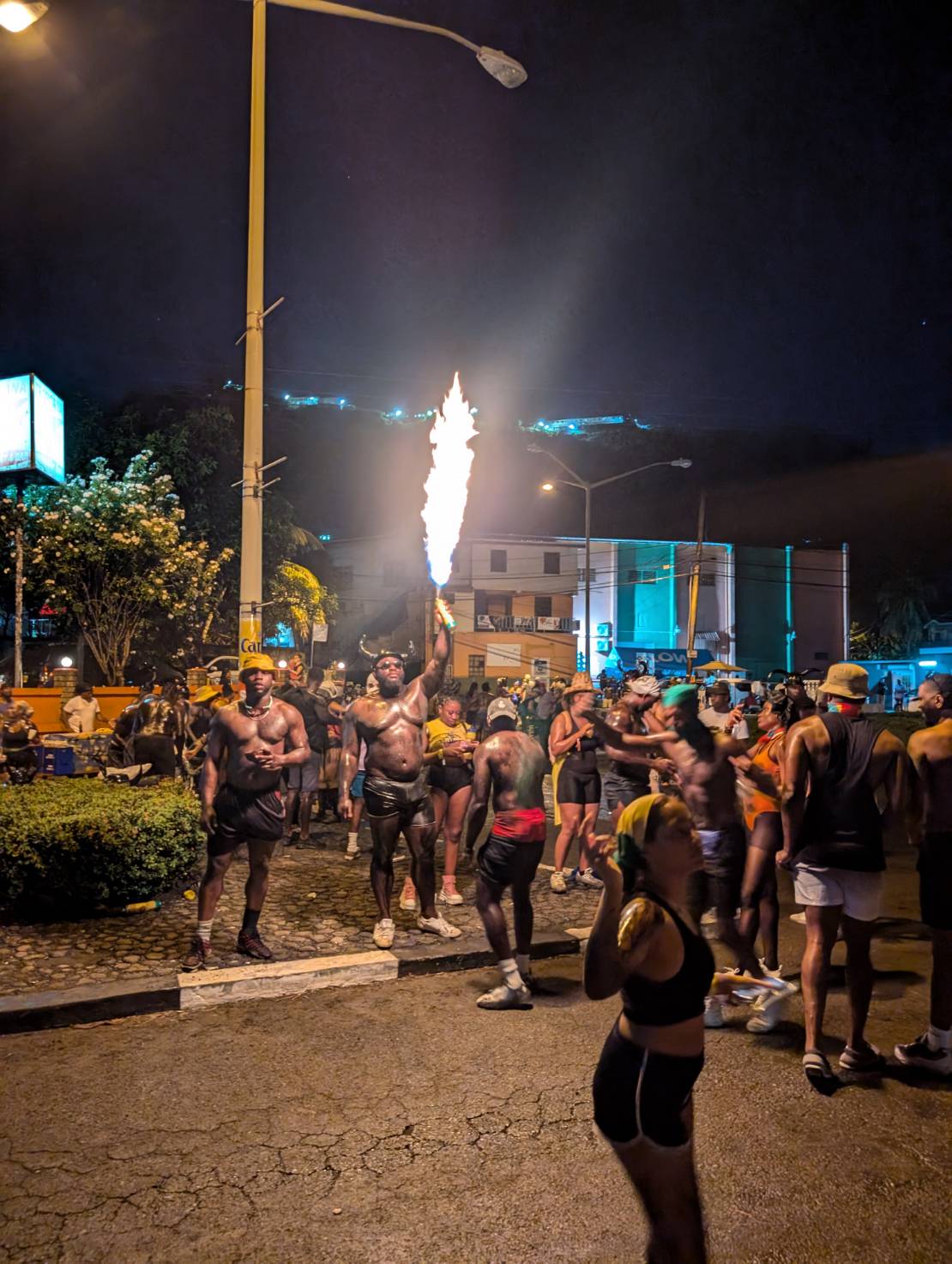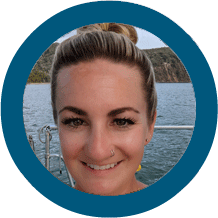La Fortaleza San Juan Puerto Rico
La Fortaleza San Juan Puerto Rico
 La Fortaleza: The Historic Heart of San Juan, Puerto Rico
La Fortaleza: The Historic Heart of San Juan, Puerto Rico
Introduction
La Fortaleza, a majestic fortress in Old San Juan, Puerto Rico, stands as one of the oldest executive mansions in continuous use in the Western Hemisphere. Since its construction in the 16th century, it has served not only as a protective bastion against invaders but also as the official residence of the Governor of Puerto Rico. The structure, blending military architecture with colonial elegance, has witnessed centuries of history, conflicts, and transformations. This article explores La Fortaleza’s rich past, architectural significance, strategic role, and cultural impact on Puerto Rico.
Historical Background
The construction of La Fortaleza was initiated in 1533 under the Spanish Crown’s directive. Spain, recognizing the strategic importance of Puerto Rico in the Caribbean, sought to fortify San Juan against European rivals and pirate incursions. Originally designed as a simple fortification, La Fortaleza quickly evolved into a key defensive structure.
By 1540, the fort's construction was completed with a rudimentary structure that failed to deter attacks from privateers and enemy forces. In 1598, the English, led by the Earl of Cumberland, captured San Juan, momentarily seizing La Fortaleza. Just a few decades later, in 1625, the Dutch also managed to overtake the fort, further proving its initial weaknesses. These invasions prompted major renovations and reinforcements, transforming La Fortaleza into a more formidable stronghold.
Over the centuries, La Fortaleza underwent numerous expansions, incorporating more complex defensive elements and aesthetic enhancements. Its role gradually shifted from a purely military installation to an administrative and residential center, housing Puerto Rico’s governors since the 16th century.
Architectural Significance
La Fortaleza exemplifies Spanish colonial military architecture while integrating Renaissance and Baroque elements. The structure features thick masonry walls, arched doorways, and a combination of defensive towers and elegant residential spaces. One of its most striking components is the circular Tower of Homage, which is among the earliest parts of the fortress. This tower originally served as a lookout point to monitor incoming ships and potential threats.
In addition to its defensive features, La Fortaleza boasts refined interior spaces that have evolved over time to accommodate the needs of its gubernatorial residents. The structure includes beautiful courtyards, lush gardens, grand halls, and elaborate balconies with views of San Juan Bay. These elements reflect the fusion of military utility and aristocratic residence that defines La Fortaleza.
Throughout its history, various architects have contributed to modifications that have given La Fortaleza its unique character. Notable expansions occurred in the 19th century, introducing neoclassical elements and further reinforcing its role as an executive mansion.
Role in Puerto Rico’s Defense
La Fortaleza played a critical role in protecting San Juan and the Spanish interests in the Caribbean. Along with Castillo San Felipe del Morro and Castillo San Cristóbal, La Fortaleza formed part of an intricate defensive network designed to repel naval assaults. Positioned strategically along the entrance to San Juan Bay, it provided a first line of defense against enemy fleets attempting to seize control of Puerto Rico.
Despite its reinforcements, La Fortaleza’s primary function shifted as other, more advanced fortifications took precedence in military defense. By the 18th century, it was primarily used as the governor’s residence and an administrative center rather than a primary military stronghold.
The Seat of Government
Since the Spanish colonial era, La Fortaleza has served as the home and office of Puerto Rico’s governors. The tradition has continued through Puerto Rico’s transition from Spanish rule to U.S. territorial governance. Following the Spanish-American War in 1898, Puerto Rico became a U.S. territory, and La Fortaleza remained the executive mansion.
The site has witnessed key political moments, including the establishment of Puerto Rico’s local self-government in the 20th century. In 1952, when Puerto Rico adopted its own constitution as a Commonwealth of the United States, La Fortaleza continued as the official governor’s residence.
Cultural and Symbolic Importance
La Fortaleza is not just a governmental building; it is a profound symbol of Puerto Rico’s resilience, heritage, and evolving identity. It has become a representation of the island’s historical struggles, from colonial rule to its present-day political status.
The fortress is a UNESCO World Heritage Site, recognized for its historical and architectural value. Tourists and historians alike visit La Fortaleza to appreciate its beauty and significance. The site also hosts official state functions, welcoming dignitaries and cultural events that celebrate Puerto Rico’s heritage.
Throughout history, La Fortaleza has also been the site of protests and political movements. Puerto Ricans have gathered outside its gates to express their aspirations for political change, whether advocating for greater autonomy, statehood, or other reforms.
 Restoration and Preservation
Restoration and Preservation
Given its historical importance, extensive efforts have been made to preserve La Fortaleza. Conservation projects have focused on restoring its walls, maintaining its gardens, and reinforcing the structure against environmental damage. The tropical climate, humidity, and occasional hurricanes pose continuous challenges to the fortress’s upkeep.
Restoration work is carried out under the supervision of historians, architects, and government agencies to ensure authenticity in preserving the original design while accommodating modern requirements. UNESCO and other preservation organizations have contributed resources to safeguarding the site for future generations.
Tourism and Public Access
La Fortaleza is a major attraction for visitors to Old San Juan. Guided tours provide insights into its history, architecture, and political role. Visitors can explore its grand rooms, gardens, and scenic viewpoints overlooking the bay.
The fortress is part of the larger historic district of Old San Juan, where cobblestone streets, colorful colonial buildings, and other landmarks such as El Morro and San Cristóbal fortresses create a rich cultural experience.
Beyond its historical exhibitions, La Fortaleza occasionally hosts art exhibitions, cultural performances, and holiday celebrations, further integrating it into Puerto Rico’s contemporary cultural life.
Through ongoing preservation efforts, La Fortaleza continues to serve as both a historical monument and a living symbol of governance. Its walls, having withstood centuries of change, continue to tell the story of Puerto Rico’s past, present, and future.
CARIBBEAN LAP REPORT SV JUBEL
SV JUBEL'S CARIBBEAN LAP

SV JUBEL just finished their 1 year lap around the Caribbean. BRAVO ZULU! Here they share their story:
We are currently in progress building an HH44 Catamaran in Cebu, Philippines, which will be completed in January 2026. It's our plan to cross the Pacific to meet the boat so we can move aboard directly from JUBEL. But we didn’t come all this way from Vancouver island to skip the Caribbean. Having crossed the (Panama) Canal in September 2023, we spent some time in Bocas del Toro, the San Blas, Panama, and Cartagena, Columbia. Knowing we wanted to see the Caribbean, we decided to do a speed loop of the Windward and Leeward Islands.
The trip started from Cartagena, Colombia and we set off for Puerto Rico, or maybe the DR, on March 26th, 2024. We didn’t know where we would end up. We had heard this passage was notoriously bad, and that we may have to divert westward. So loaded with 8 extra jerry cans of diesel, we set off, along with our friends on SV VIA, a Caliber 40LRC (that holds 400+ gallons of diesel!) This trip was exactly what they say it was. We motored for 700 miles, into the wind and the waves. At times doing 3 knots. We broke our davits due to the constant slamming into the waves. We also had some flat calm days. Overall, we sailed about 10 hours out of the entire 6 days.
We ended up in Boquerón, Puerto Rico. We spent time cruising Puerto Rico for a month along the southern side of Puerto Rico, and flew home in (to Canada) in May. Our highlights are Isla Caja De Muertos, where you can hike up to the top of an abandoned lighthouse, and Isla Culebra for its snorkeling and coral farms, and of course, Costco in San Juan.

With our boat loaded with a years worth of Costco supplies in Puerto Rico we made our way to the USVI’s where it was a surprise that they drive on the opposite side of the road. We spent a few days in St. Thomas, of course, stopping at the pizza boat where we attended a massive memorial day party hosted on a catamaran while we floated in the water.

A few days on the northern side of St. Johns before making our way to the BVIs. We have a dog on board so this was pretty difficult to sort out, as you have to have a lot of paperwork and health check proofs. We met the vet in Soper’s hole where he had to inspect Ricky, our dog, in person. Once that was dealt with we made our way to pussers for a rum! This was the first island we considered “the Caribbean”, and we made it!
We spent three weeks bouncing around the BVIs including Norman Island (and the infamous Willy Ts, where we floated behind it in our Sunchill, met friends, and had beers thrown into our pool!

Anchoring at the Baths, (where our engine died coming into the anchorage, that turned out to be ricky leaning on the shutoff button!), and spending time in Virgin Gorda was also great. Our favorite anchorages were Savannah bay, and the north side of Prickly Pear Island. Having the Rum Runner bring us blended cocktails right to our boat was (also) a highlight, along with visits to Saba Rock.
From The BVIs we checked out and headed to St. Martin, stopping at the French side first. The beaches here were phenomenal. While a little run down, its very pretty, and the French food supply is amazing. We had FKG rigging come out to the boat by dinghy to give us an estimate for the standing rigging replacement that we needed. They gave us a very, very reasonable estimate and we headed over to their dock on the dutch side to have the work done. A week later, everything was brand new. Highly recommend them! We also had a new generator motor shipped here and replaced that, as our previous one had water ingress due to a manufacturing defect. St. Maarten is an amazing location for boat work and supply, especially since its all tax free. There are also great restaurants here, where we met up with some other Young Cruisers and talked shop, so we will definitely come back at some point. St. Maarten is a hit on our list!
Our next stop was Guadeloupe. It was here that we rode out hurricane Beryl. On the west side of the island behind the mountain, we set out a 10-1 scope in 20 feet of water. Luckily (for us, certainly not the islands south of us) it headed south. We were hit with 35 knots of wind and a ton of rain, but otherwise, unscathed. After the weather cleared, the view was beautiful.

We worked our way down Guadeloupe, and anchored in some very rolly anchorages - There is not much for protection on this side of the island. We stopped in several hot springs and enjoyed the natural hot water that comes out all over the island. After an absolutely brutal sail crossing from Guadeloupe to Terre-de-Haut, a group of small islands south of Guadeloupe, we went to explore and island and old fort. There is a really cute little town (but not much for food available) that you can explore.

From there we made our way to the jewel of the Caribbean, Dominica. I can not say enough about this place. It is, by far, our favourite locale in the caribbean. Absolutely untouched and unspoiled. There were no tourists, the locals were the friendliest people we have ever met, and would do anything for you. The natural beauty of this island is absolutely stunning.Waterfalls, valleys, hot springs, gorges - It has it all.

What it doesn’t have are services, restaurants, fuel docks, or supply shops. You are on your own. So bring what you need, and stay as long as you can. We grabbed a mooring ball in Portsmouth bay for $10 a night, where the PAY (Portsmouth Association of Yacht Services) will come out to the boat and give you anything you need, and help you check in. We rented a car from a local company (that we had to swap out three times because they were not in great shape - Old cars imported from Japan), they also drive on the British side of the road (in Dominica). Its like driving in the game “crazy taxi”. We drove all over the island over 5 days.


We went to visit Titou gorge where they filmed parts of the Pirates of the Caribbean

Overall, Dominica gets a 10/10 for us. We will be back to this island before our cruising career is over. Its got so much to offer, and so much that we haven’t seen, for a small island. Our provisions were running low so it was time to carry on. We made our way to Martinique from here, where we knew we could provision. And provision we did. Wine, cheese, butter, oh my. The French have food nailed down. We were here during a summer festival and I have never seen so many boats on the move, ever.

Martinique was the busiest place we’d ever been. The bays were full, with hundreds if not thousands of boats. It was way too busy for us. And they’re very not dog friendly. So after we provisioned, we carried on down to Grenada. We skipped St. Lucia for safety concerns, and therefore had to skip St. Vincent and the Grenadines due to our dog and rabies rules. That, and its been hit hard by Beryl at this point.
Grenada became our home for about a month and a half while we waited for hurricane season to subside slightly. The next stop after this was Bonaire, so hurricanes weren’t a big concern. We met up with friends, enjoyed copious wing nights, went snorkeling, and hauled out because we had won a free haul out from Spice Island Marine at the Young Cruisers Association Cruisers Awards. We were here for Carnival which was amazing.


We had tried out all the anchorages and there was a weather window coming. It was September at this point, so it was time to carry on to Bonaire. After a sporty 3 day sail downwind (oh how nice it was to go downwind finally, after beating our way east all the way to Dominica), we arrived in Bonaire. The water clarity blew our minds.


However, the lack of Starlink was frustrating after having it for so long. So back to a cell phone data plan we went, we spent our days snorkeling and swimming. We rented a car and drove around the whole island, stopping to feed the roadside donkeys apples and carrots.

Bonaire was definitely another highlight. The freediving and snorkeling is amazing. Its everything its cracked up to be.
We skipped Curacao and headed to Aruba to meet friends and for my parents to fly in. We loved Aruba - Dove on a shipwreck, swam with turtles, went out to fantastic restaurants, played some slot machines, had some pool days at the Hyatt pool, and even found a Canadian bar that had Poutine and took Canadian money!
Now here we are in Cartagena once again, having crossed our track when we left 8 months ago, so very happy we traveled where we did and saw what we saw. The experiences will stick with us forever, and we hope to go back to some of the islands once again in the future. Now, its time to go back to San Blas one more time before we prepare for our grand adventure across the Pacific!
SY JUBEL 🇨🇦 Leah & Kyle - Gulfstar 44'


THANK YOU FOR SHARING YOUR HIGHLIGHTS FROM YOUR 8 MONTH CARIBBEAN LOOP







